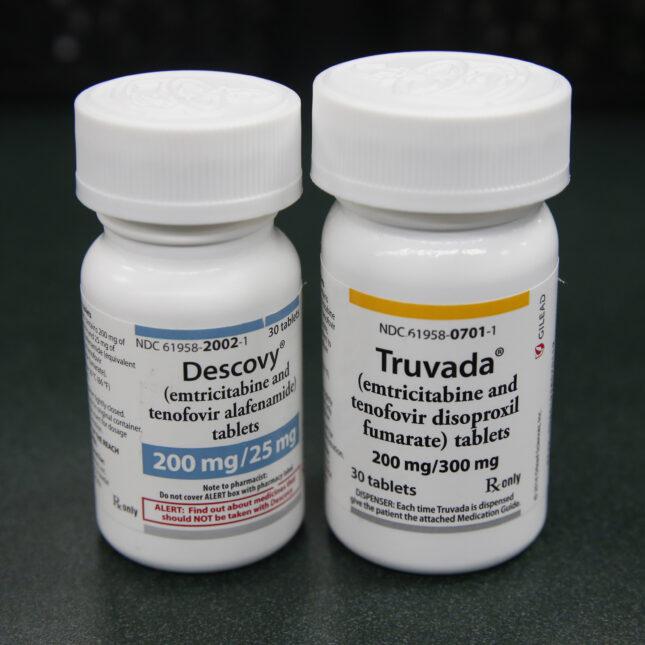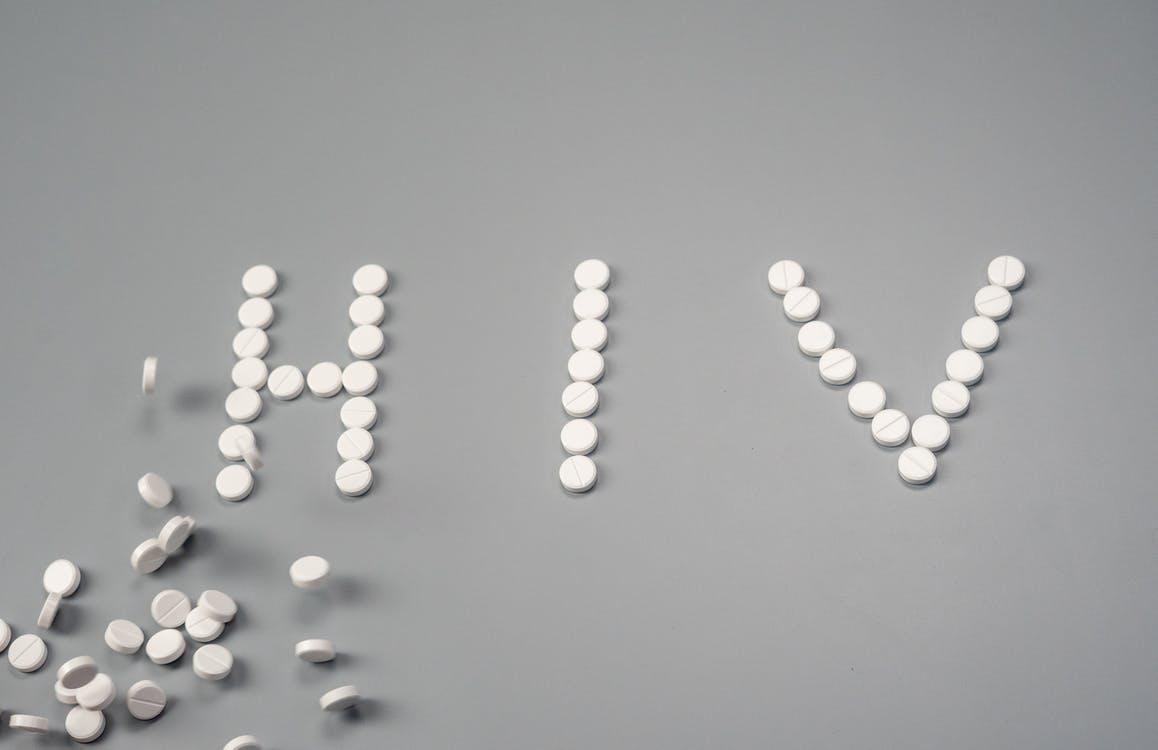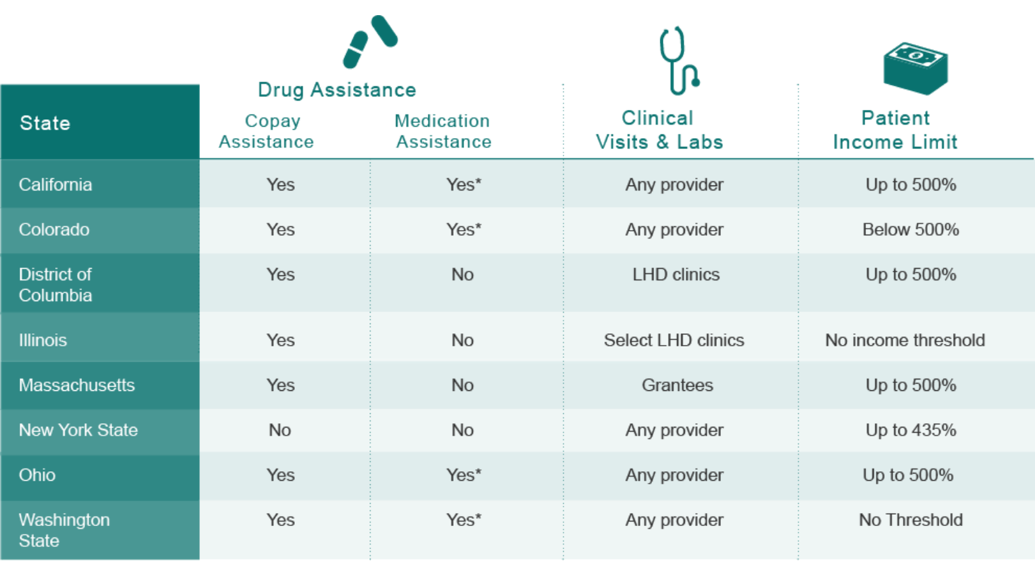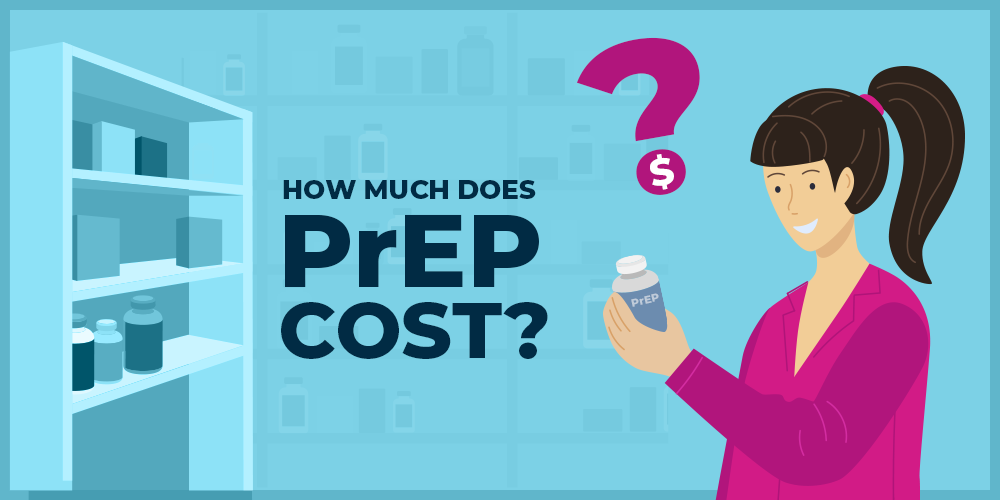
PrEP (pre-exposure prophylaxis) is a medication that has been approved by the FDA since 2012 for HIV prevention. However, since its release, people have misunderstood the purpose of PrEP and there is a lot of false information and other misconceptions regarding the medication.
One of the most common misunderstandings is that it is used for HIV treatment. Unfortunately, there is no cure for HIV; however, PrEP is extremely effective (up to 99%) at preventing HIV transmission. PrEP is a preventative measure and must be taken before a person is exposed to HIV. It does not stop the progression of HIV to AIDS and it is not a treatment for HIV.
The other major misconception regarding PrEP is the price. Many people believe that the medication is extremely expensive, particularly if you are paying out of pocket rather than through insurance. This, unfortunately, deters some people who could benefit from PrEP by asking their doctor about this type of medication as they assume they are not able to afford it.
However, if you are at high risk of HIV transmission, it is incredibly important that you protect yourself by taking PrEP and following other safeguards to reduce the risk of contraction.
You are ruled as “high risk” if you have:
- A sexual partner(s) who is HIV positive or whose HIV status is unknown
- Engaged in unprotected sex (not using condoms) with partners whose HIV status is unknown
- Unprotected sex with a partner who is at risk for exposure to HIV
- Shared needles or syringes
- Been recently diagnosed with a sexually transmitted infection
Thankfully, there are plenty of payment options available so that anyone who is at risk of HIV transmission can access PrEP and protect themselves.
Let’s discuss the ins and outs of how much PrEP costs.
Costs of Each Medication

There are currently two medications for PrEP: Truvada and Descovy.
Truvada is approved for PrEP for adult and adolescent cisgender and transgender males and cisgender and transgender females. Descovy was approved for PrEP in 2015, but it is only available for cis-gender males and transgender females currently.
So, how much does HIV treatment cost per year? A prescription can add up to over $21,000 annually – as it costs $1,758.00 for a thirty-day supply if purchased without insurance or other payment programs.
It is important to note that PrEP must be taken consistently for at least seven days to 20 days to be most effective to prevent HIV transmission. PrEP is also significantly more effective when it is taken every single day as opposed to only a few times a week.
Your doctor may only prescribe you to take PrEP for a certain amount of time. However, it can be taken indefinitely if you are still considered to be at high risk of HIV transmission.
Does Insurance Cover the Cost of PrEP?
A bill passed in 2019 now requires private insurance companies in the United States to cover the entire cost of PrEP, including all deductibles and co-pays. This means that if you pay for your own insurance or it is provided through your employer, you can receive PrEP at no cost.
However, there might be some additional costs related to PrEP that may not be covered by insurance. Be sure to check thoroughly with your provider.
Additional Costs
Depending on the type of insurance plan that you have, your initial visit with your physician to discuss taking PrEP may not be covered. Furthermore, there are some tests that must be conducted before and during PrEP treatment – which you may have to pay out of pocket as they are not covered by a deductible.
Before a doctor can prescribe a patient PrEP, they must first be tested to be sure that they are not currently HIV positive. PrEP needs to be taken before exposure – so a person must be HIV-negative in order for PrEP to be an option. This can be determined by a simple blood test or with an at-home saliva test.
Your doctor may also recommend that you be tested regularly while taking PrEP or after your regimen is completed. If you do not have insurance or your insurance does not provide full coverage, you may have to pay for lab fees and other related costs each time that you are tested.
What About Medicaid and Medicare?

Medicaid and Medicare are two healthcare programs available to citizens in the United States who cannot afford insurance on their own and/or do not receive coverage from their employers.
Medicaid is available to low-income Americans of any age and is funded through public funds and taxes. Medicaid receives funding from both state and federal taxes, but the coverage rates vary from state to state. Currently, about 18% of Americans rely on Medicaid to cover medical and healthcare expenses.
Medicare is a federally funded program available for senior citizens over the age of 65 who qualify due to certain disabilities. There are four levels of coverage available: Part A, B, C, and D – which are dependent on specific qualifications.
Medicare Part D and Medicare Advantage plans cover the cost of HIV treatment and PrEP. But there is typically a co-pay cost which ranges between $13 to $68. In fact, the majority of HIV care is paid through Medicaid as the Affordable Care Act required payment expansion and increased coverage costs for PrEP.
Some states restrict Medicaid coverage for PrEP as their managed care organizations (MCOs) do no specifically mention PrEP. However, all states do currently cover Truvada (but not Descovy) under the national Medicaid National Drug Rebate Agreement.
Therefore, your payment coverage may be denied in certain states and covered in others. For instance, Medi-Cal (California’s Medicaid program) does offer HIV medication coverage and Louisiana considers PrEP to be covered under their “STI (sexually transmitted infection) Test and Treatment” services.
Other Payment Programs
If you do not have insurance coverage or your Medicare or Medicaid program does not cover PrEP, there are payment assistance options available to ensure that you can afford the medication you need.
Gilead is the pharmaceutical manufacturer that makes both Truvada and Descovy. They offer a co-pay coupon program known as Advancing Access, which can help to cover some costs for people on Medicare and Medicaid. This coupon card covers up to two medications and up to $7,200 per year; however, it does not include doctor’s visits or lab costs.
The Patient Advocate Foundation also helps provide coverage for out-of-pocket costs of up to $7,500 per year to low-income patients who qualify. This does not include lab fees or clinical visits.
The Department of Health and Human Services Office offers the Ready, Set, PrEP Program – which can cover up to the entire medication cost for qualified applicants.
The Good Days foundation also offers up to $7,500 a year for co-pay coverage and can be combined with Medicare, TRICARE, CHAMPVA, and Blue Cross/Blue Shield Federal coverage.
Some states also have their own payment assistance programs available for PrEP, which include co-pay and medication cost assistance, as well as coverage for doctor’s visits and labs.

Conclusion
The cost of medication should never hold you back from talking to your doctor about taking PrEP if you are at risk of HIV transmission. PrEP could save your life and protect you from HIV contraction.
Before determining how you will pay for PrEP, you must first consult your doctor to see whether this medication treatment is the best choice for you.
Want to learn more about PrEP?
Here at PrEP Daily, we have a dedicated team of Navigators who will work with you to answer any questions and provide information and support. We can get you connected to payment assistance programs and find PrEP providers in your city and state.
If you have any questions regarding PrEP, are wondering how to discuss this with your doctor, or need to find where you can get PrEP, please reach out to our team at PrEP Daily.

